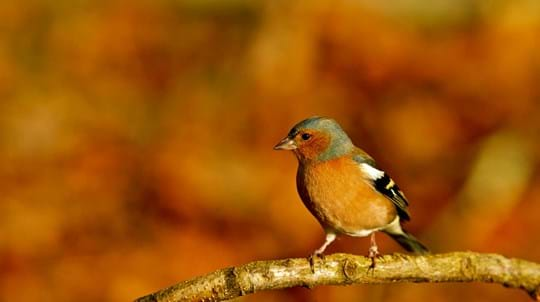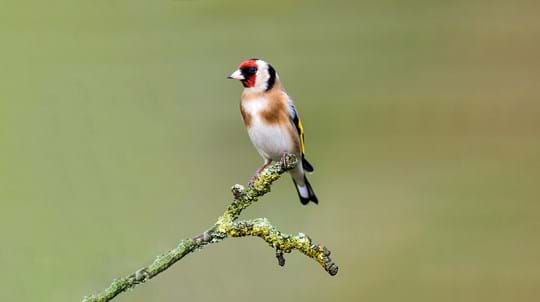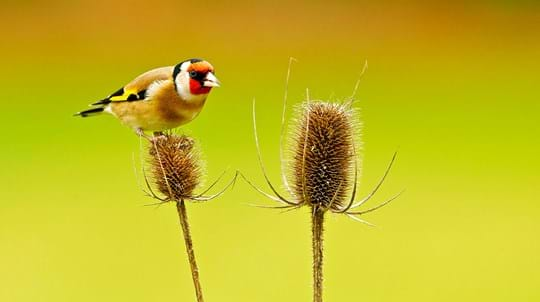
Credit: Buiten Beeld / Alamy Stock Photo
What do common crossbills eat?
The common crossbill specialises in feeding on the seeds of pine trees. Its unusually shaped beak allows it to extract seeds from within pine cones. It will occasionally eat buds and shoots of other plants, while insects can be taken in spring and summer.











